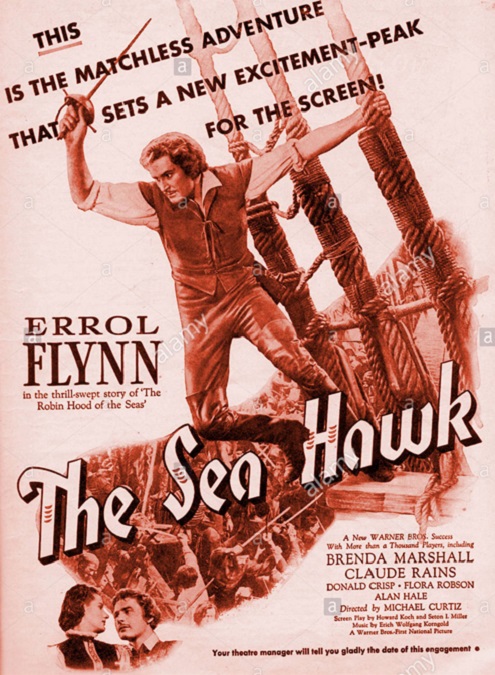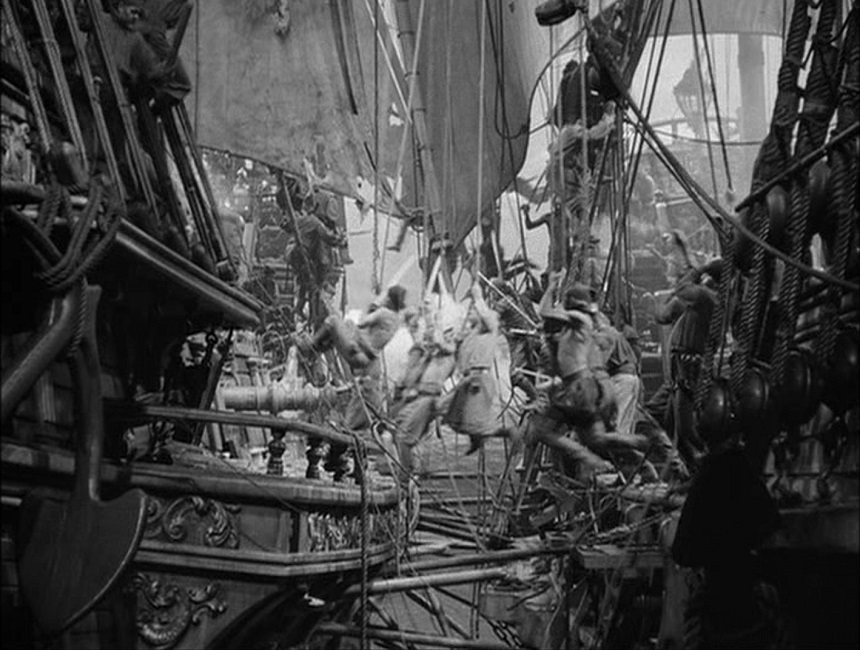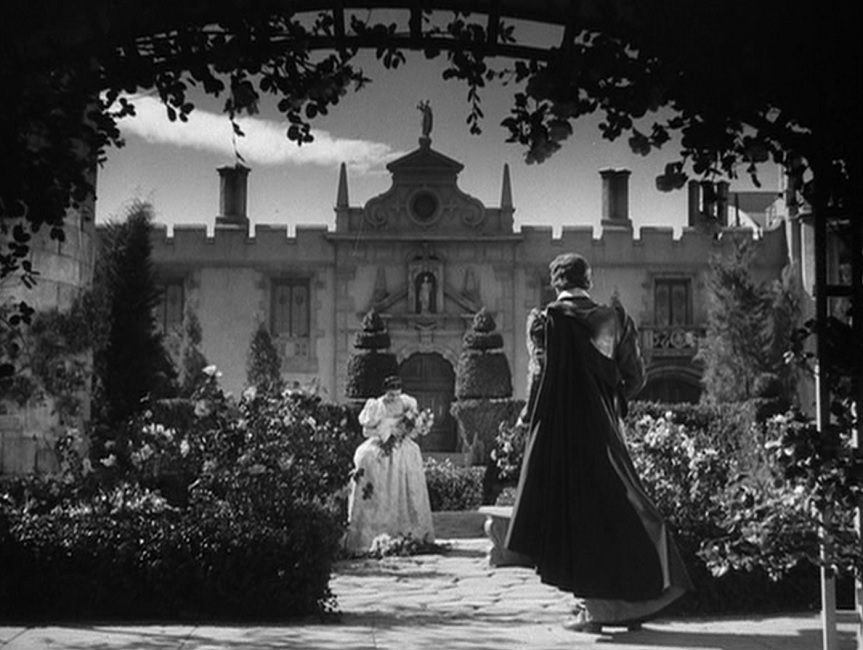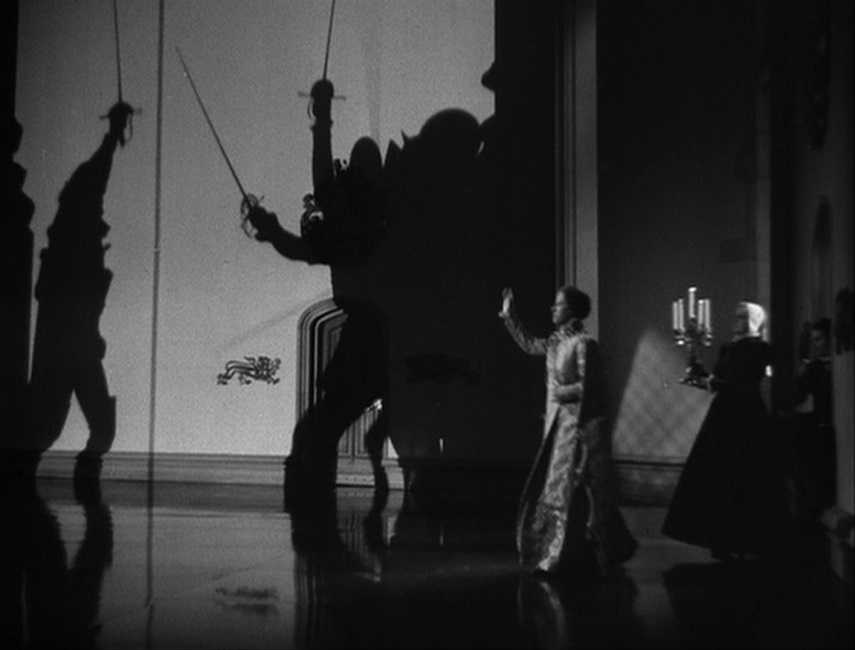



The Sea Hawk – 1940

The special effects in this epic swashbuckling action film were understated, and completely appropriate. They were the kind of visuals that don’t immediately stand out as special effects, though they most certainly are.
Many of them were of the choreography and stunt variety, as one could expect from an exciting adventure movie. There was a massive sea battle, Spanish soldiers, pirates, cannon fire, sword fighting, and everything you could want. The sheer number of extras and stuntmen was phenomenal! They were swinging on ropes, firing pistols, climbing rope ladders, and sword-fighting like mad! Men were falling over railings, down open hatches, and into the water! My only complaint about the fighting scenes has to do with the fact that flintlock pistols only hold one bullet at a time, a fact which the filmmakers ignored. But I’m honestly not sure if that falls under Special Effects, Direction, or simply fact checking for the Script Writer. Either way, someone should have noticed that inaccuracy.
But there were also a fair amount of more subtle effects, like perfect matte paintings, incredible action sets, and wonderful lighting effects. For example, from a documentary included on the DVD, I learned that there were only a few shots of the battling galleons that were miniature scale models. They actually built two life-sized ships which they placed in a studio lot, along with a water tank big enough to hold them. The sinking of one of those giant vessels was very cool!
I also learned that they recycled some of the sets from another Best Special Effects nominee, The Private Lives of Elizabeth and Essex, namely, the throne room of Queen Elizabeth I. And as I am looking for these kinds of things now, I swear I can remember seeing those exact same static cloud formations in the matte painted backgrounds of other films.
As I mentioned, the lighting effects, especially in the final climactic sword fight between Errol Flynn and his nemesis, Lord Wolfingham, played by Henry Daniell, were especially noteworthy, and for more than one reason. First, the lighting effects were such that the shadows of the fencing men were cast up onto the wall of a great hall, making the perfectly choreographed battle seem, quite literally, larger-than-life.
The other reason for the exaggerated shadow effects is that, apparently, Henry Daniell was a terrible fencer. They needed to use a professional fencer, except when they did close-ups on his face. Otherwise, they kept the double’s face in shadows, or showed him in very wide shots, in which the moving shadows dominated the image. It was an illusion that you never even notice when you are engrossed in the exciting swordplay. Very well-done!